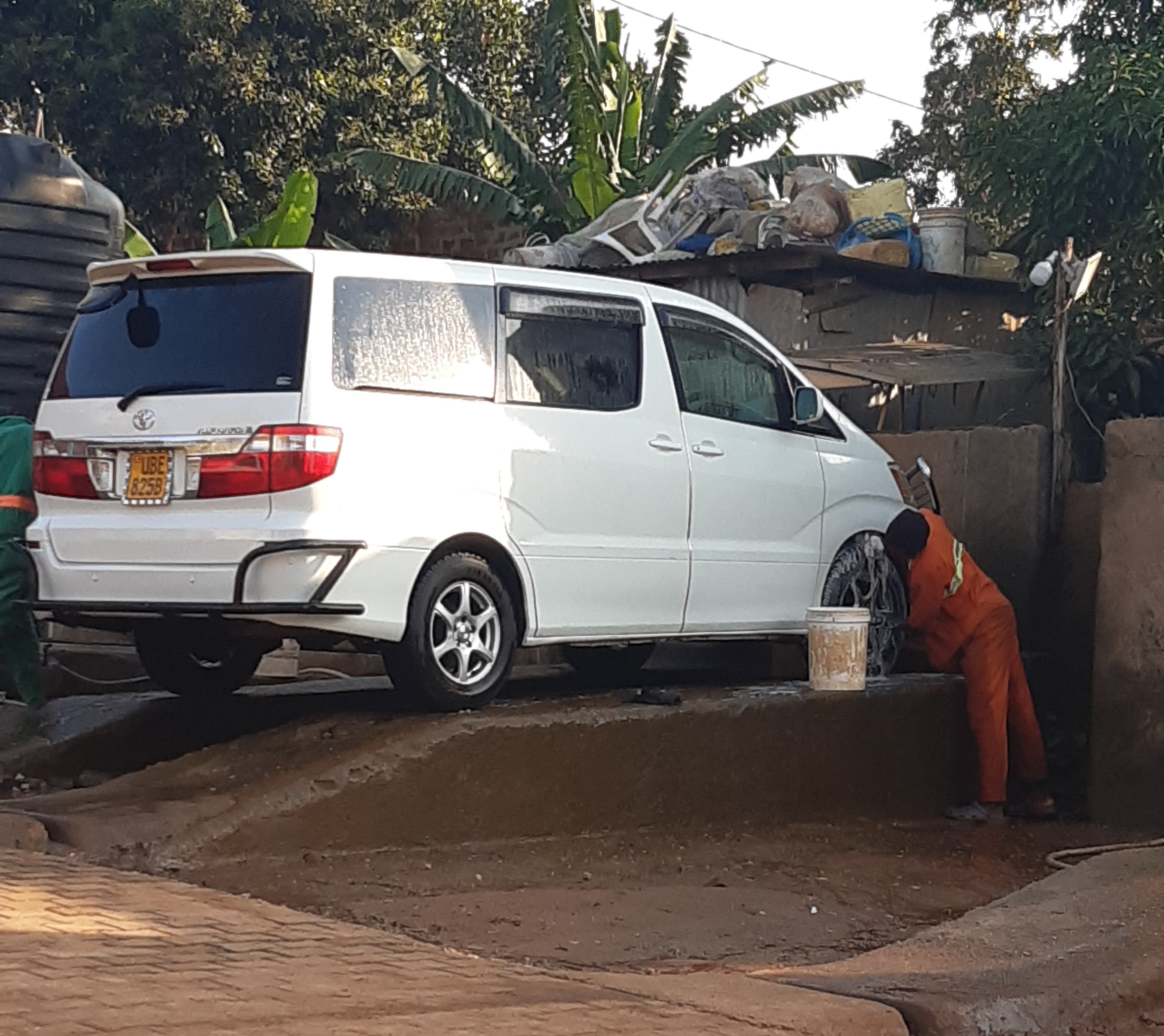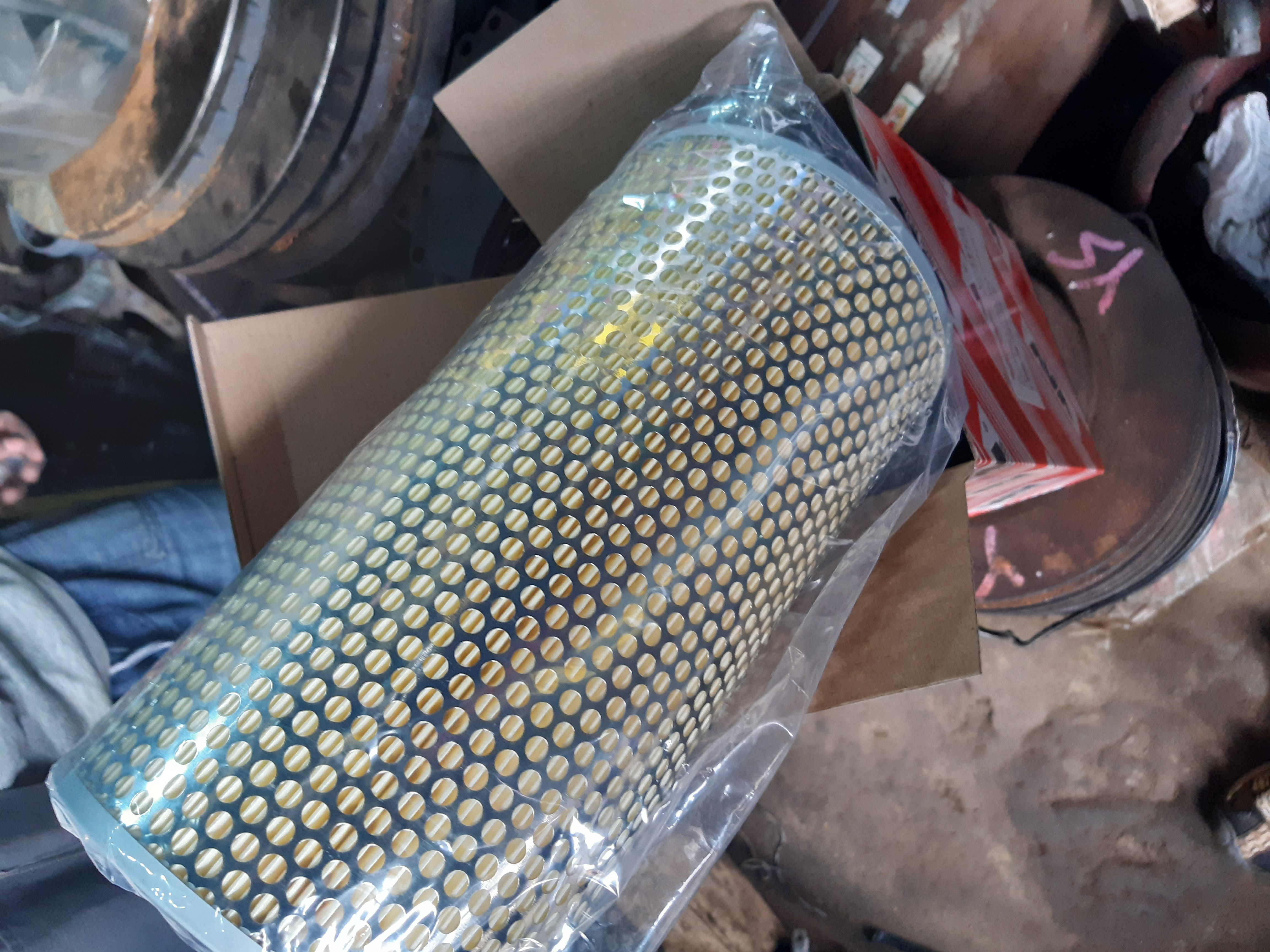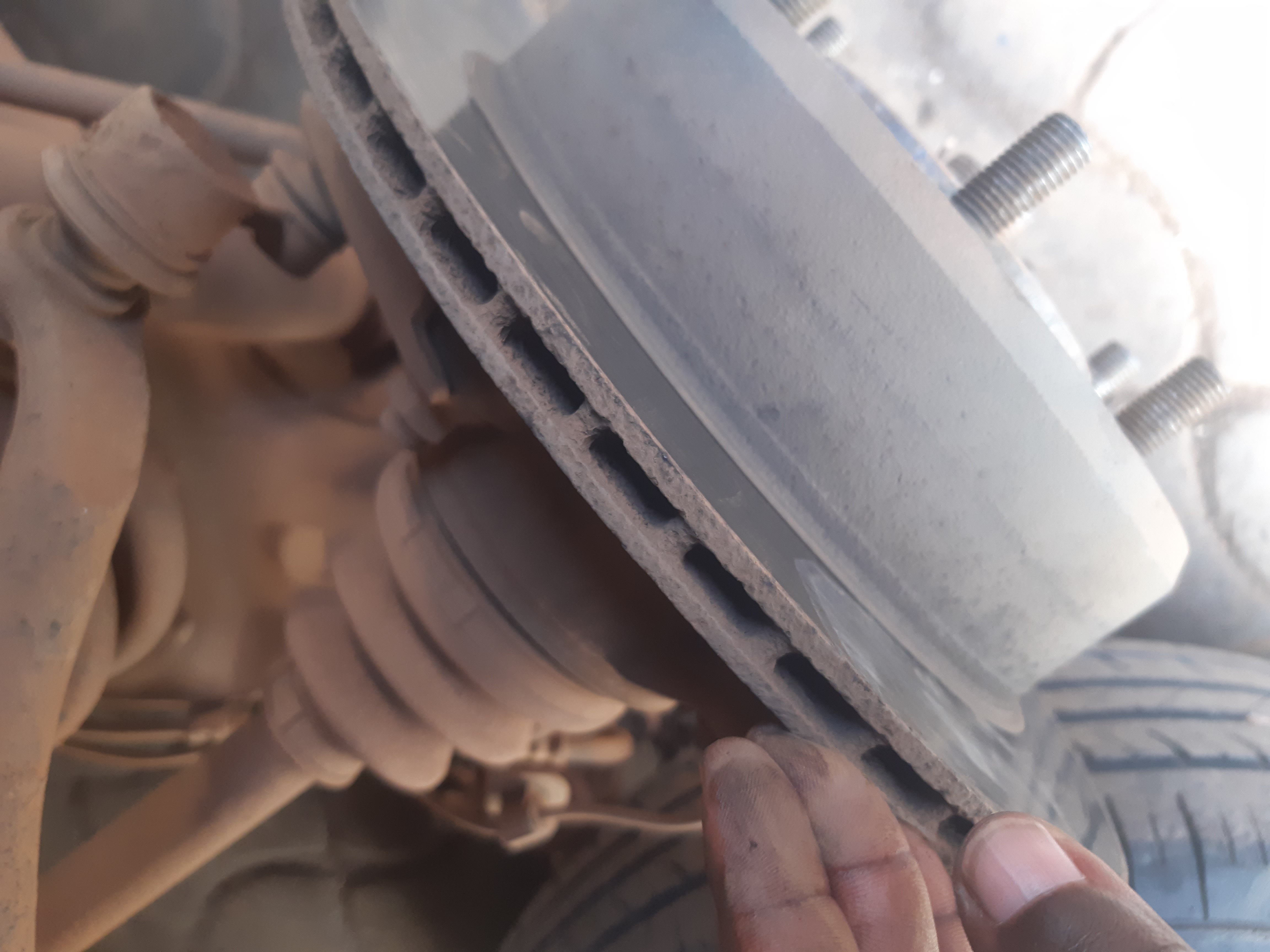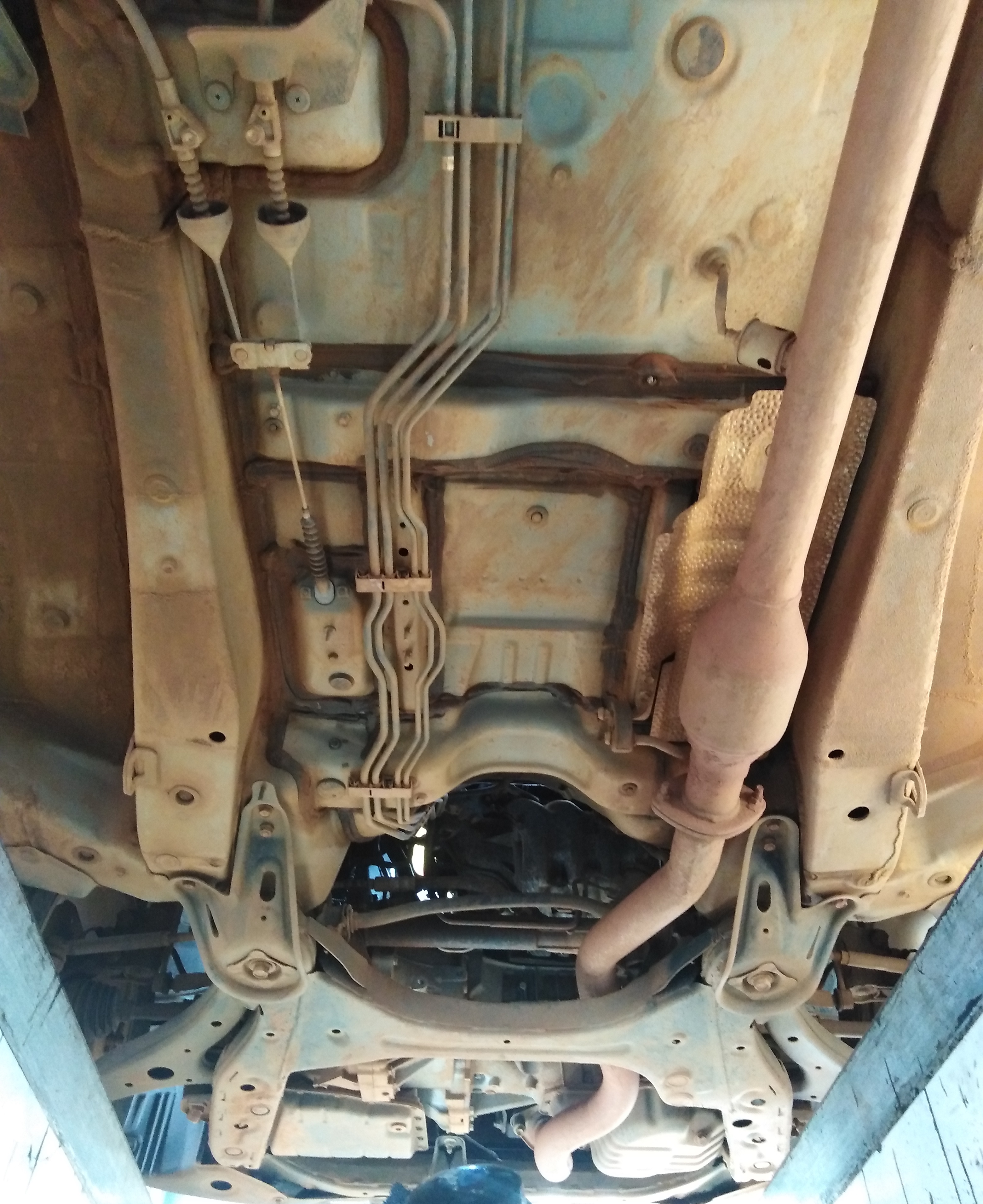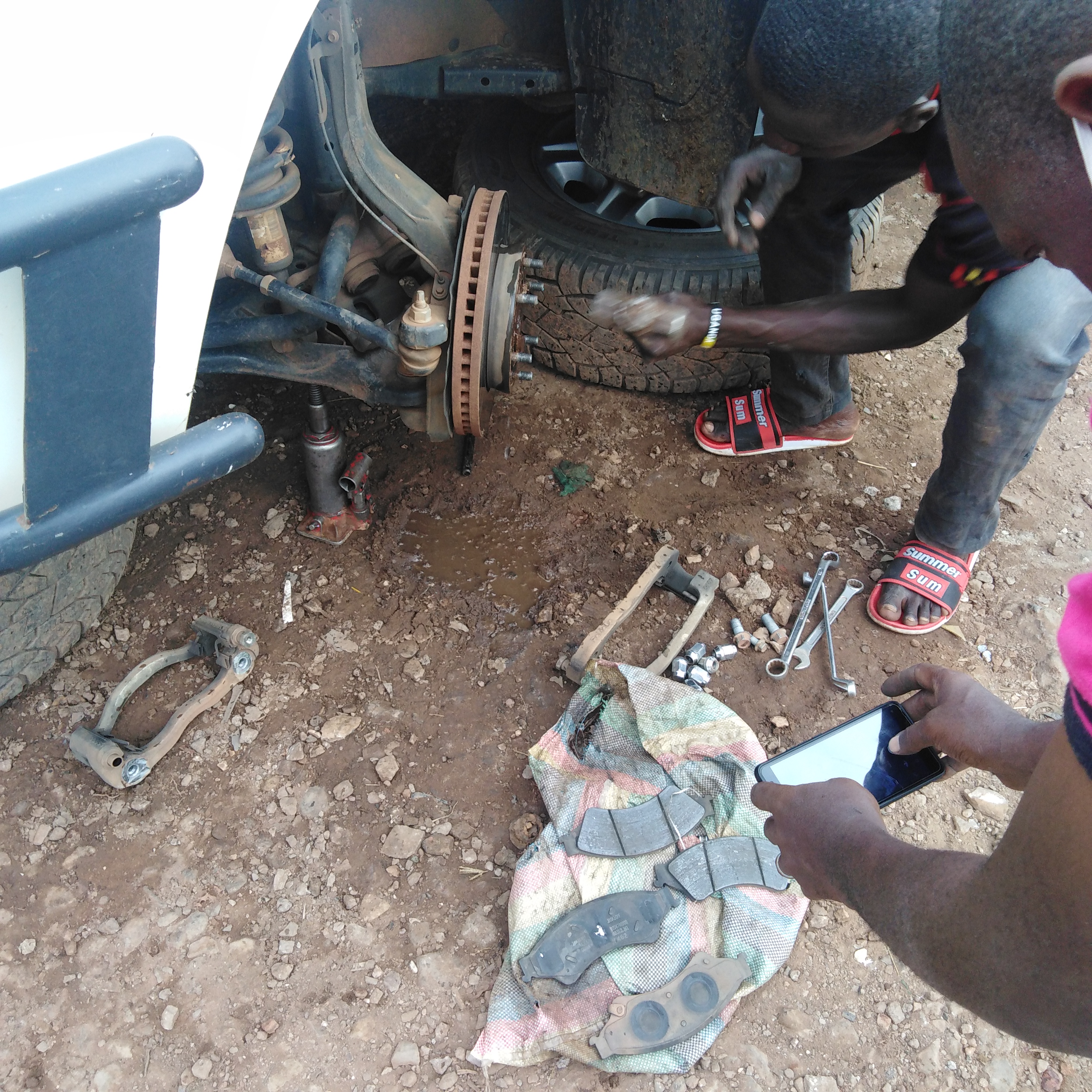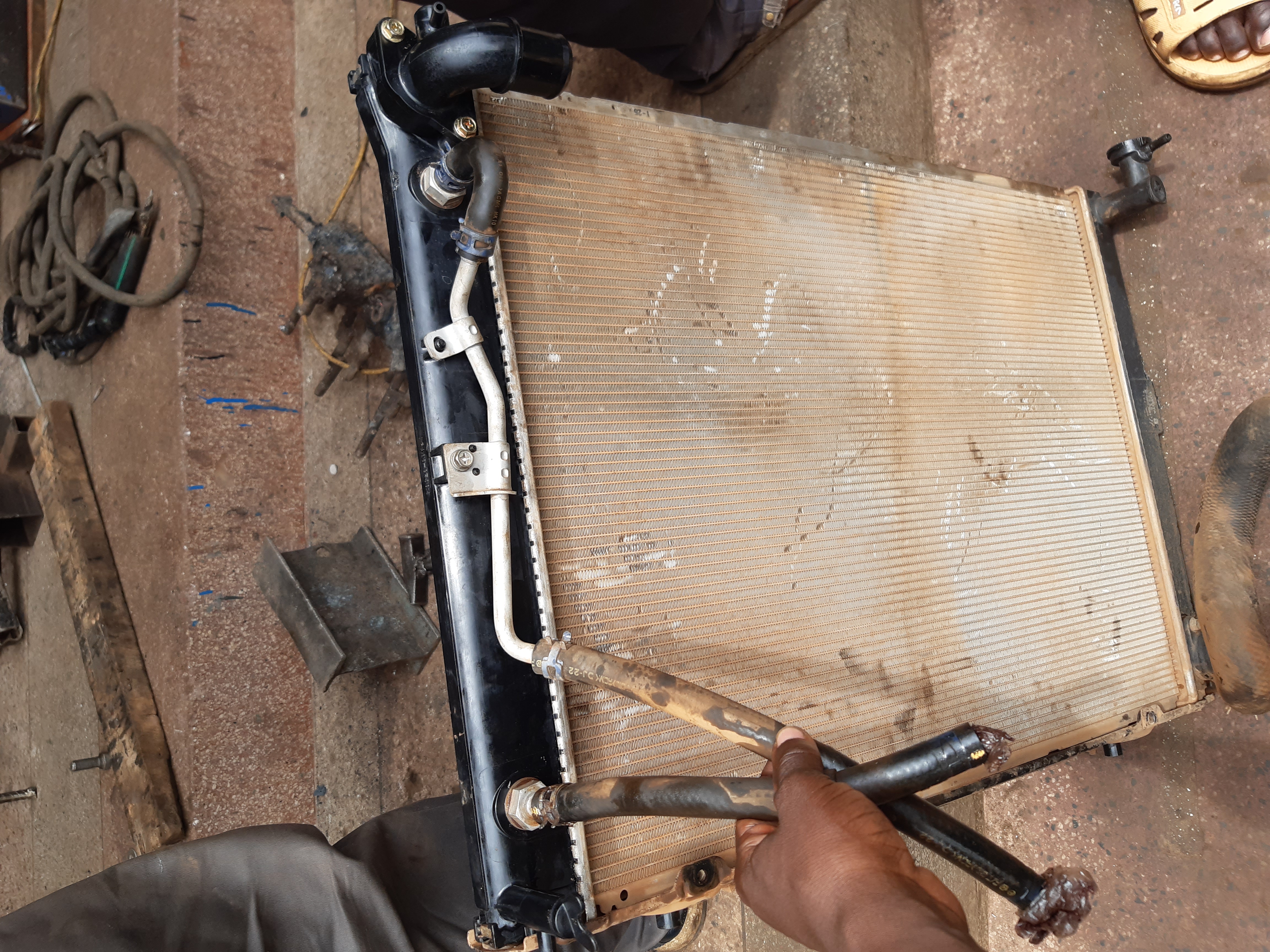
Your Guide On How To Maintain Your New Car While In Uganda
I have come across a number of clients and colleagues who own cars but don’t have a single idea about how to keep their vehicles in shape and how to maintain them. For as long as the car moves, that’s okay for them. If it breaks down, they then solely rely on the mechanics to do even the simplest fixes for them. So, it’s very important for you to equip yourself tips to help maintain your car so that last a long time.
One of the reassuring qualities of contemporary cars is that they need much less-frequent service to keep them running well. Changing the spark plugs, breaker points, and condenser used to be a seasonal exercise, and body rust was accepted as a normal if unfortunate hazard of aging. Now many spark plugs can go 100,000 miles between changes. Electronic ignition has done away with the points and condenser. Chassis, suspensions, and even some transmissions are lubed for life. And factory rust-through warranties typically run six years or longer. What’s more, reliability has improved significantly. The result is that most late-model cars and trucks should be able to go 200,000 miles with regular upkeep.
Here are a few simple, periodic checks and procedures you can do that will help you maintain your car to keep it in good shape.
Check the Engine Oil
Do it regularly, monthly for a vehicle in good condition; more often if you notice an oil leak or find you need to add oil routinely. The car should be parked on level ground so you can get an accurate dipstick reading. Don’t overfill. And if you do have a leak, find and fix it soon. Diesel cars require more checks as compared to petrol cars.
So if you have a diesel car say a double cabin, vans like Toyota Hiace like super custom, and many others you have to keep more frequent checks especially if you have the older models say the mid 90s and late 90s. For the new model vehicles say those 2005 and above have the technology to notify you should the vehicle have a problem with the engine oil but never the less, you have to conduct checks to be sure of the engine oil in your vehicle.
Check The Tire Air Pressure
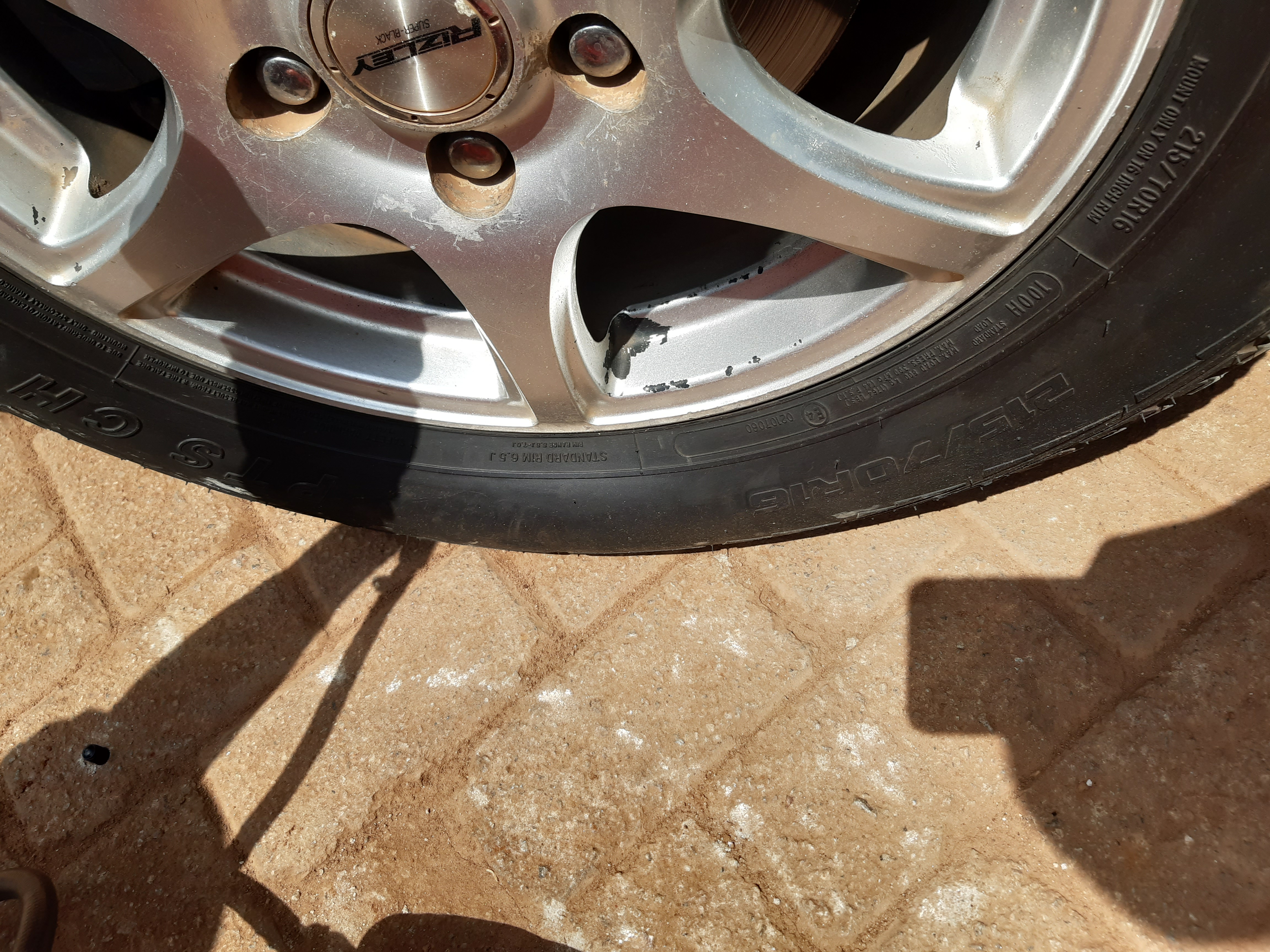 Low Tyre Pressure
Low Tyre PressureOnce a month and before any extended road trips, use an accurate tire-pressure gauge to check the inflation pressure in each tire, including the spare. Do this when the tires are cold (before the vehicle has been driven or after no more than a couple of miles of driving). Use the inflation pressure recommended by the vehicle’s manufacturer, not the maximum pressure embossed on the tire’s sidewall. The recommended pressure is usually found on a placard on a front doorjamb, in the glove compartment, or in the owner’s manual. Also be sure to inspect tires for abnormal or uneven wear, cuts, and any sidewall bulges you can see.
Car experts advise that digital tire-pressure gauges are probably the best bet overall because they will give an accurate reading or none at all. Many pencil-type gauges are good as well. Note that to check the pressure in a temporary spare tire, which is often, 60 psi, you will need a gauge that goes higher than that for example from 0 up to 100 psi.
Washing Your Car
Try to wash the car every time it gets either with too much dust or mud. Wash the body and, if necessary, hose out the fender wells and undercarriage to remove dirt and mud. It’s time to wax the finish when water beads become larger than a quarter.
It’s very advisable to wax your vehicle after washing it reason being that the conditions here in Uganda are a bit hash specifically the too much dust and mud, the hot sun rays which damage the paint work especially on roof top and the bonnet.
Applying genuine wax helps to protect the factory paint work. However you have to watch out for fake wax on the market as you end up losing your money. Always inquire from specialized car paint personnel to help out buy genuine car wax.
Other Checks at Each Oil Change or Service
For normal driving, many automakers recommend changing the engine oil and filter every 7,500 miles or six months, whichever comes first. This is sufficient for the majority of motorists. For "severe" driving—with frequent, very cold starts and short trips, dusty conditions, or trailer towing—the change interval should be shortened to every 3,000 miles or three months. (Check your owner’s manual for your car if you’ve got it for the specific intervals recommended for your vehicle.) Special engines such as diesels and turbocharged engines may need more-frequent oil changes.
Check the Air Filter For Your Car
Remove the air-filter element and hold it up to a strong light. If you don’t see light, replace it. Regardless, follow the recommended service intervals. Turbo charged vehicles require a clean air filter as a clogged air filter can lead to damage of the turbo hence leading to poor performance of the engine and complete damage of the turbo charger itself.
Checking the Constant-Velocity-Joint (CVJ) Boots
On front-wheel-drive and some four-wheel-drive vehicles, examine these bellows like rubber boots, also known as CV boots, on the drive axles. Immediately replace any that are cut, cracked, or leaking. If dirt contaminates the CV joint it can quickly lead to an expensive repairs.
Inspect the Exhaust System
If you’re willing to make under-car inspections, check for rusted-through exhaust parts that need replacing. Also tighten loose clamps. Do this while the car is up on ramps. If your service station or garage changes your oil, have them make these checks. Listen for changes in the exhaust sound while driving. It’s usually advisable to replace the entire exhaust system all at once rather than to repair sections at different times.
Look at the Brakes and Discs
For most people it makes sense to have a garage check and service the brakes. If you handle your own brake work, remove all wheels and examine the brake system. Replace excessively worn pads or linings, and have badly scored rotors or drums machined or replaced. The brakes should be checked at least twice per year; more often if you drive a lot of miles.
Check the Fluids
On many newer cars, the automatic transmission is sealed. On cars where it is not sealed, check the transmission dipstick with the engine warmed up and running (see the owner’s manual for details). Also check the power-steering-pump dipstick (it’s usually attached to the fluid-reservoir cap) and the level in the brake-fluid reservoir. If the brake-fluid level is low, top it up and have the system checked for leaks.
Clean the Radiator
Prevent overheating by removing debris with a soft brush and washing the outside of the radiator with a detergent solution. Some people remove the entire for full servicing. This helps to make sure that all components of the radiator are fully functional and well fixed so to prevent any leakages. Always endeavor to refill the radiator with genuine coolant in order to safe guard the cooling system from rust and corrosion.
 Aerial View Of Kampala City
Aerial View Of Kampala City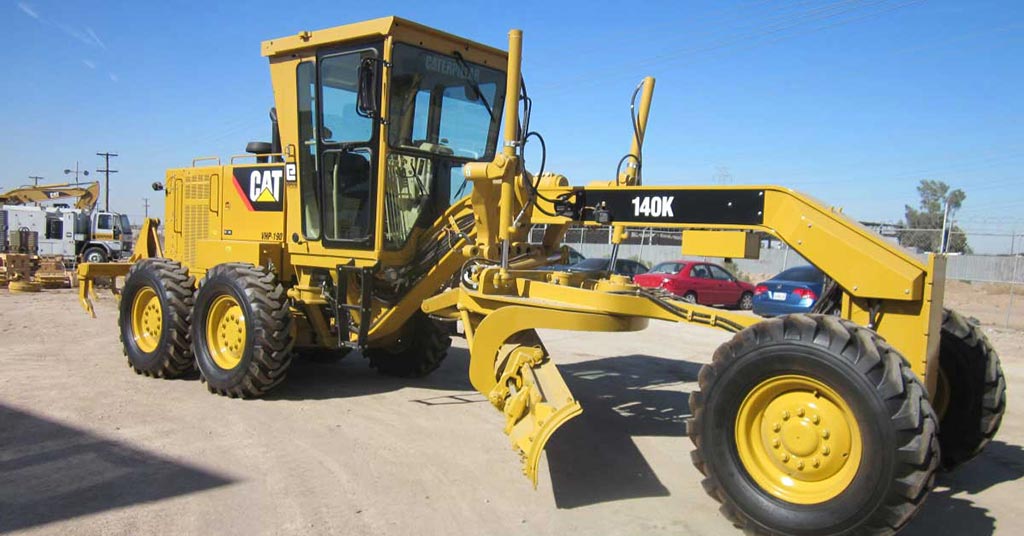 Buy A 140K Grader In Uganda
Buy A 140K Grader In UgandaFor inquiries or Orders:
Contact Us On:-
E-mail: Info@flawlessconsultsug.org
Or
Call/Whatsapp Us on: +256-772 238575
